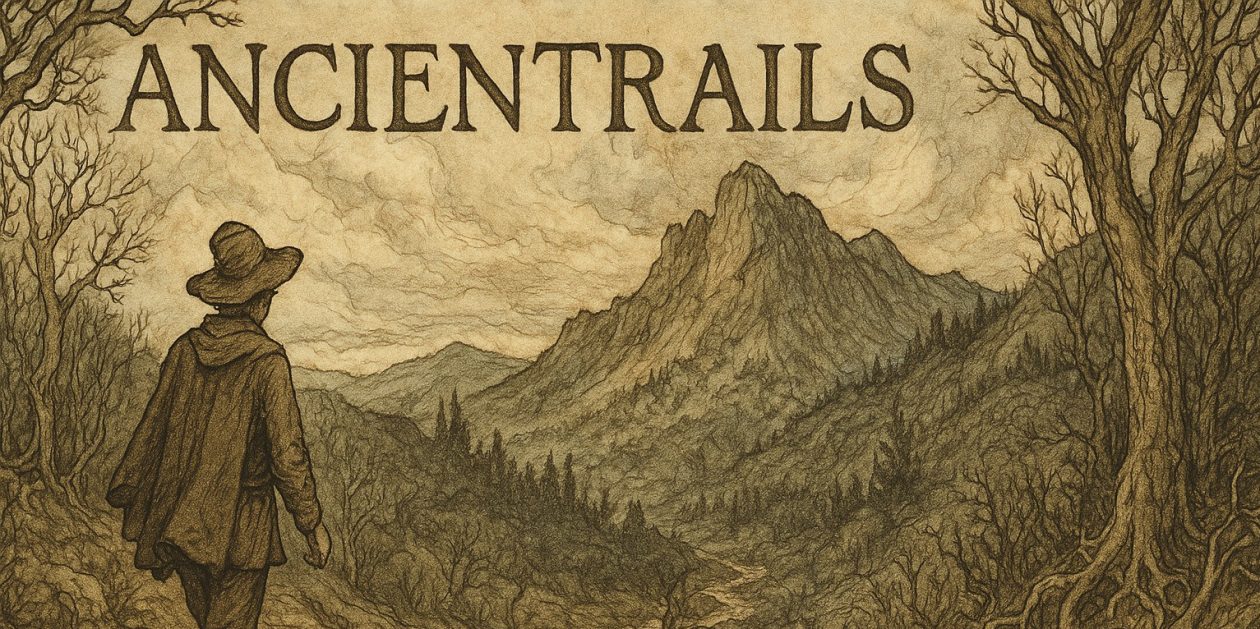Beltane Garlic Moon
OK. I may have tilted toward the darker side in the post below. It’s here, all right, and dominant in much of what I’ve personally experienced of Romania this week.
However. If this were a movie, the weather would have started rainy and cool, which it did. We might say, the Romania I reported on in the post below. Then, as the week went on, the rain would lift until a pleasant, sunny, mild day ended the visit.
The Romania which I saw, for example, as I took a walk around the hotel’s block. There apartment buildings of modest heights, 3-6 stories, hide behind vine covered fences, a small pocket park has a shady place for children from the Mikos child care center. Two backyards (all the backyards) have well-tended plantings and fountains.
A couple sat on their balcony four floors up, smoking, drinking morning coffee. And, of course, there are homeless people on the streets and under the bridges of Minneapolis and St. Paul.
There is, too, the land, a beautiful land with mountains, picturesque villages, good train service and a friendly population. And Bucharest has many, many trees and beautiful parks, wide streets and a safe feel so often not present in US cities.
This is a country, I believe, that awaits its vision of itself as a free people. I can imagine one though. It roots in millennia of settled history, linking this land to the greatest of early Western civilizations, Greek and Roman and makes the remains of those two a vital aspect of a new future.
The difficult period after the fall of Rome adds great texture to current Romania as Mongols, Magyars, Russian and Turks fought back and forth over this rich land at the nexus of so many ambitions. Those eras, though painful, also enliven a sense of Romania as a place desired by many; many who contributed cultural legacy to the present, like the Saxons around Brasov, the Slavs on the coastal regions of the Black Seas and the Hungarians in northwestern Romania.
The 19th and early 20th century had some stirrings of a free Romania, then world war II came and after that the fall of the iron curtain.
Now there is a country just waking up in its own home, a home with a past, and now one with a future. I hope this is just the first visit for me. Nicoleta’s brother and his wife have a baby on the way, naming ceremony in October.


